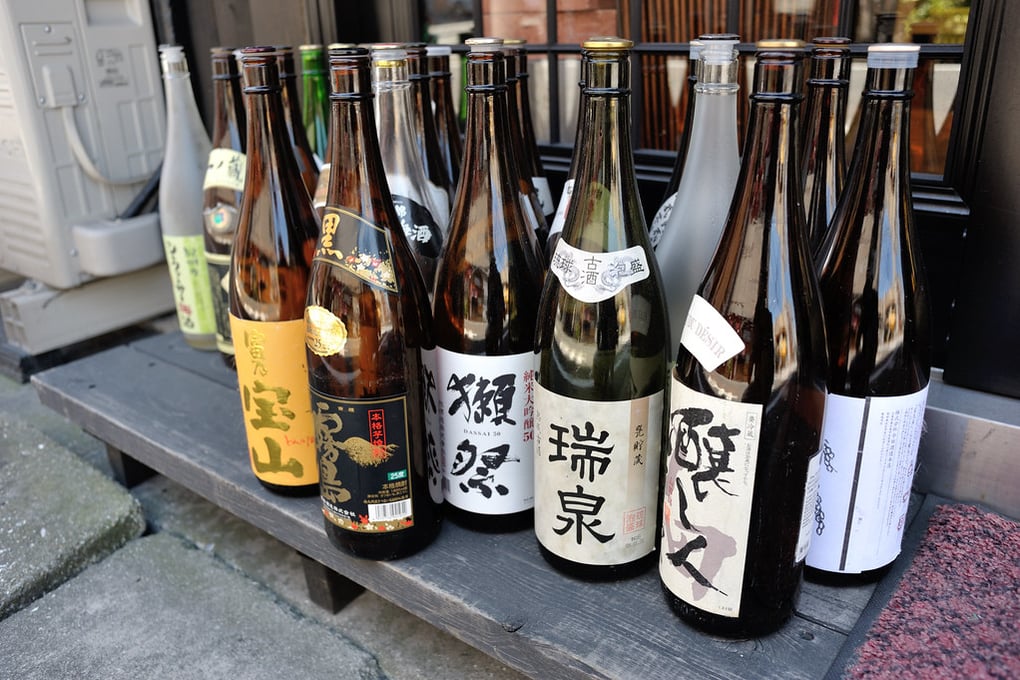Korea’s representative alcohol is soju, America’s is vodka, and Japan’s is sake. Have you ever wondered how sake is different from other alcohol, let alone know anything about it other than the fact that you can get very drunk from it? Let me walk you through the basics of this drink and how it’s made so you’ll know how to answer the tricky question, “What is sake?”
What Is Sake?
Commonly mistaken as a type of rice wine, sake is Japanese alcohol brewed from rice. It’s more like beer than wine, in that the brewing process is closer to beer. It can be served warm or chilled but generally tastes better if chilled to a temperature slightly colder than room temperature. Another fun fact is that it has the highest alcohol content of all fermented beverages in the world at the average alcohol content of 15-16%.
How Do You Make Sake?
The main ingredients in the making of this drink are rice, water, yeast, and koji. Because the process of making sake is long and complicated, I’ll provide a general and shorter version of the sake-making process.
First, wash the rice by rinsing it three times in cold water, or just wash the rice until the wash water is clear. Scrubbing the rice with your hands can quicken the washing process. After washing, put the rice in a large bowl and cover with a few inches of cold water. The rice will soak up this water.
Then, drain the rice by running it through a colander and steam the rice in a steamer. Afterwards, move the steamed rice into a mixing bin and add ice water to cool down the rice to around 60ºF. Layer the container you’re using with rice and yeast, allowing some room on the top so that the yeast can “breathe.” Mix the layers and keep the container in a place that has a temperature of around 55 to 65ºF.
Now, wait and taste periodically so that you can stop brewing when the sake has reached your desired taste. The drink might seem hazy at first, but it’ll clear up as soon as the sediment gets separated from the liquid and settles on the bottom of the container.
Finally, the sake can be preserved by heating the finished sake for a brief period. This will allow the sake to stabilize and be kept for several months at room temperature. The long process of brewing sake is then over, and you can enjoy the alcoholic beverage that you made, warmed or chilled!
Sake is a unique drink that should be placed in its own category because of its taste and origin. Although home brewing sake may seem complicated, it’s worth a try if you like being experimental and are interested in how alcohol is made.


